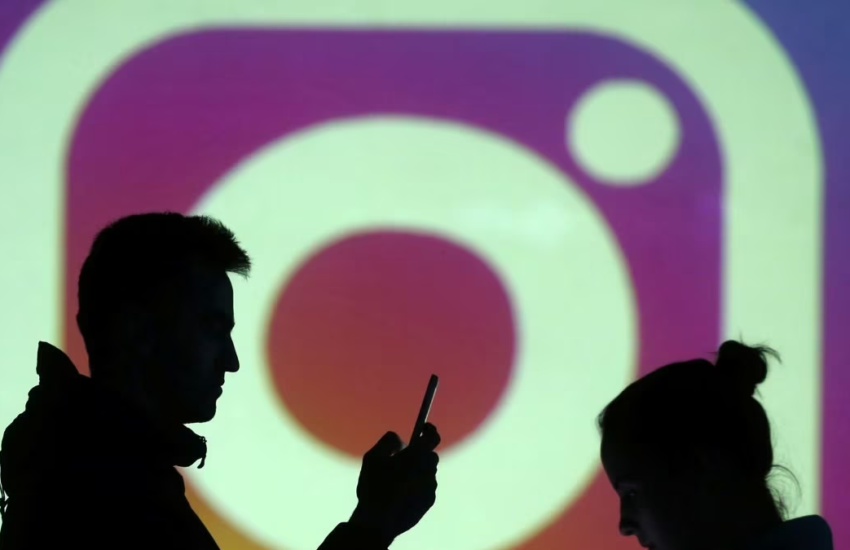Instagram has become one of the most popular platforms for individuals and businesses trying to engage with audiences and build brand identity. Sharing content on this platform can be highly effective, but it also requires careful content planning and organization.
Below is an in-depth guide to organizing your posting schedule for maximum impact on Instagram.
Understanding the Importance of Content Planning
Before diving into the how-tos, it’s important to understand why content planning is crucial for Instagram success. A well-thought-out content plan ensures that your posts are consistent, relevant, and engaging. It helps maintain a steady stream of content to keep your audience interested and engaged. Additionally, it allows you to strategically time your posts for optimal visibility.
- Setting Your Instagram Goals
The first step in content planning is setting clear goals. What do you want to achieve with your Instagram account? Are you looking to increase brand awareness, drive sales, or grow your follower base? Your goals will influence the type of content you post, the frequency of your posts, and how you engage with your audience.
- Understanding Your Audience
Knowing your audience is pivotal. What are their interests, when are they most active on Instagram, and what type of content do they engage with most? Use Instagram Insights or third-party analytics tools to gather data about your audience. This information will guide you in creating content that resonates with your followers.
- Developing a Content Mix
Your Instagram feed should be a mix of various types of content, such as product photos, behind-the-scenes glimpses, user-generated content, educational posts, and more. This variety keeps your content fresh. Plan a balanced mix that aligns with your brand and appeals to your audience.
- Creating a Content Calendar
A content calendar is a schedule of what you plan to post and when. It helps you organize your content themes, posting times, and keeps you consistent. When creating your calendar, consider:
- Frequency of Posts: How often will you post? Find a balance that keeps your audience interested without overwhelming them.
- Time of Posts: Determine the best times to post based on when your audience is most active.
- Content Themes: Plan out the themes or topics for your posts in advance. This helps in maintaining a cohesive feed.
- Using a Post Planner
An Instagram post planner is incredibly useful for scheduling and organizing your Instagram content:
- Scheduling Posts in Advance: By using an Instagram post scheduler, you can schedule posts days, weeks, or even months in advance. This is particularly helpful during busy periods.
- Visualizing Your Feed: Many planner tools allow you to preview how your feed will look with the scheduled posts, helping you maintain your aesthetic.
- Analytics and Insights: An Instagram post planner can provide analytics, giving you insights into post performance, which can inform future content decisions.
- Batch Creating Content
Batch creating content means producing multiple pieces of content at once. This approach is time-efficient and helps maintain quality and style across your posts. Set aside specific days for content creation – this could include taking photographs, creating graphics, writing captions, etc.
- Writing Engaging Captions
Captions are a powerful tool on Instagram. They provide context to your posts, engage your audience, and can even drive action. When planning your content, also plan out your captions. Don’t forget to include relevant hashtags to increase your posts’ reach.
- Regularly Reviewing and Adjusting Your Plan
Social media is dynamic, and what works today might not work tomorrow. Regularly review your content plan and posting schedule based on the performance of your posts. Adjust your strategy based on what type of content is performing best, the best times to post, and changes in your audience’s behavior.
- Staying Flexible and Responsive
While you need to have a plan, you should also aim to stay flexible. Be ready to adapt your content plan based on trending topics, current events, or feedback from your audience.
- Engaging with Your Audience
Posting is just one part of the Instagram equation. Interacting with your audience is equally important. Make sure to allocate time in your schedule to respond to comments, engage with your followers’ content, and participate in conversations. This helps build a strong, loyal community around your brand.
Conclusion
Organizing your Instagram posting schedule requires strategic planning. By setting clear goals, understanding your audience, using an Instagram post scheduler, and staying responsive to feedback and trends, you can create an Instagram presence that resonates with your audience.

